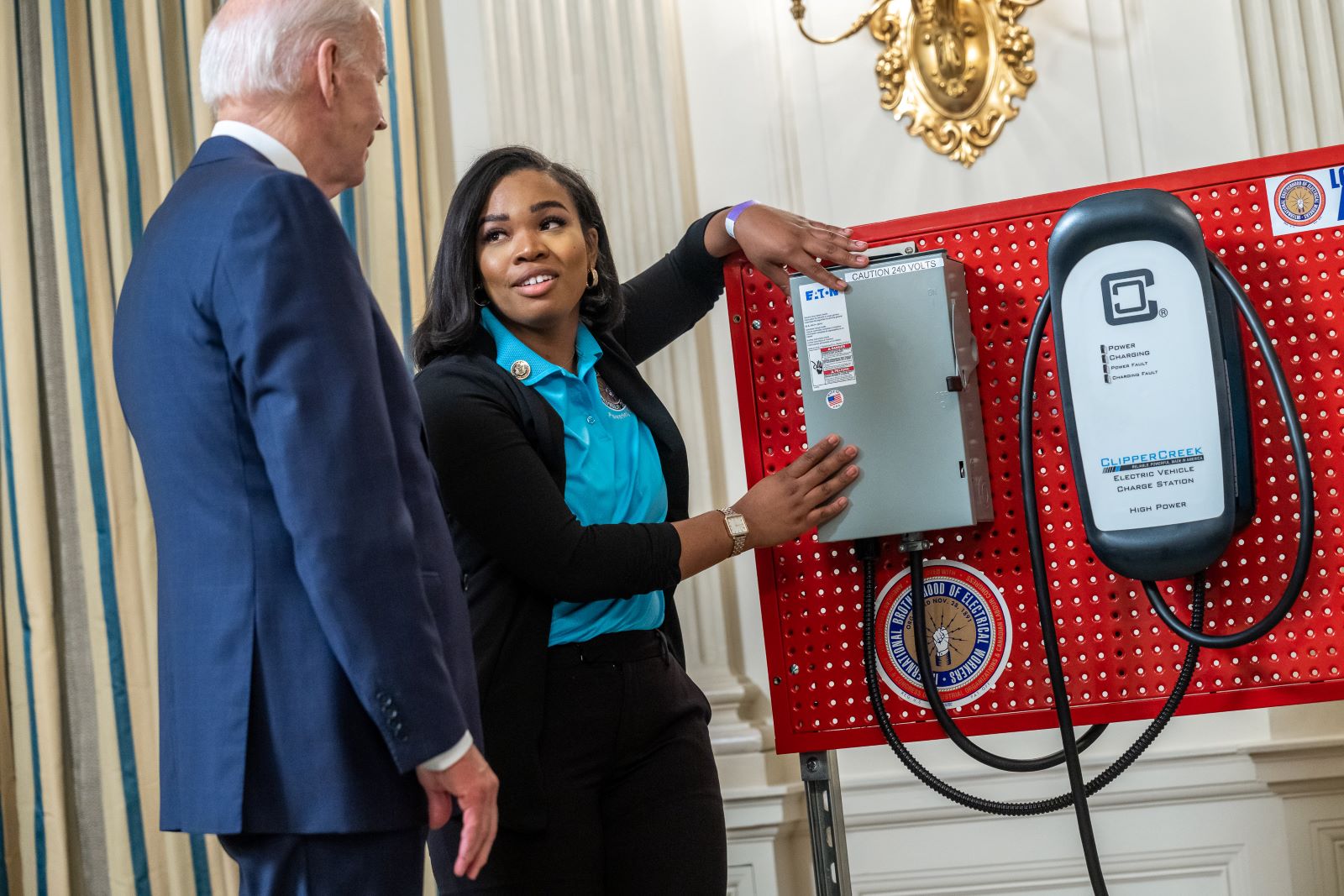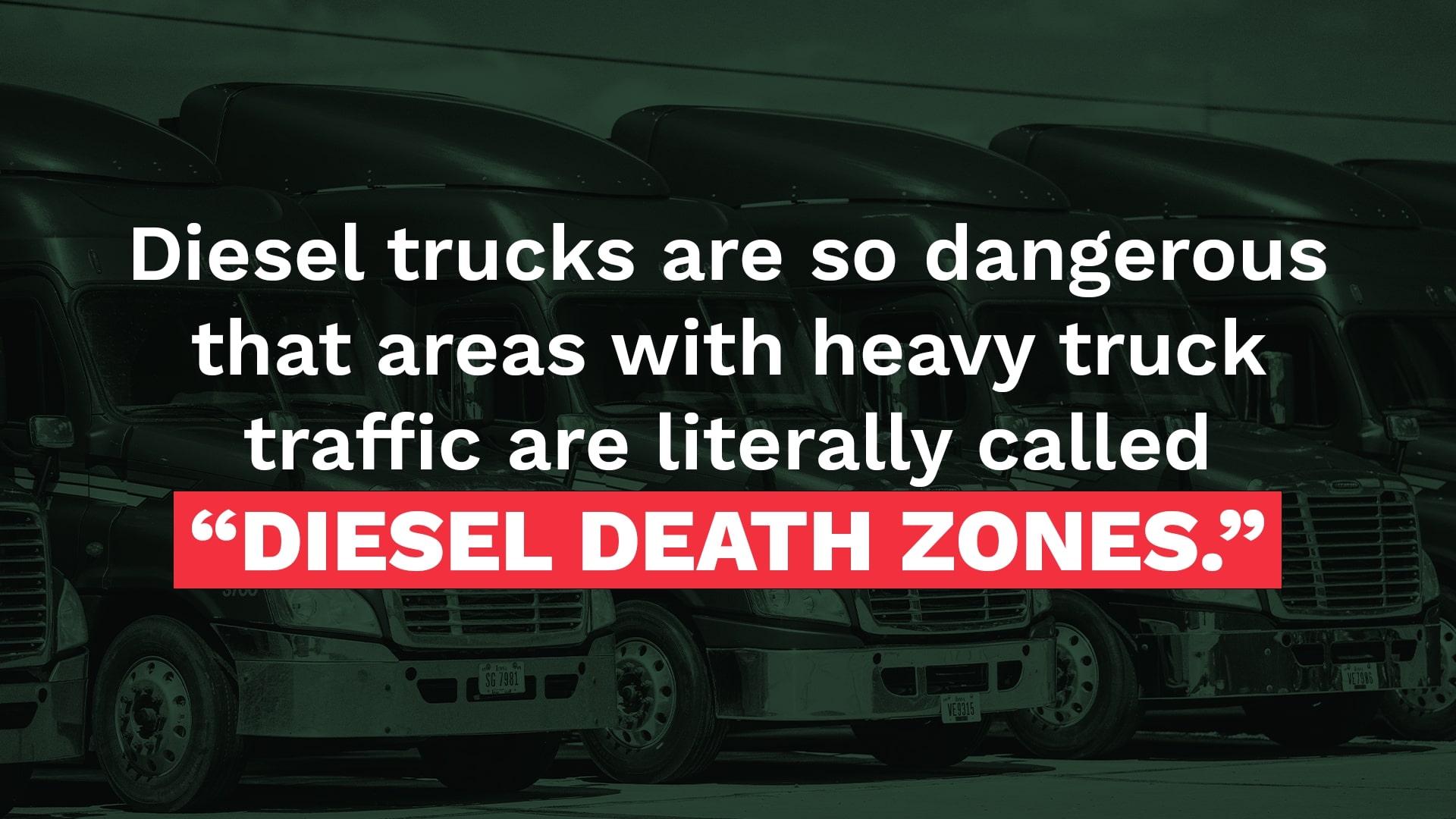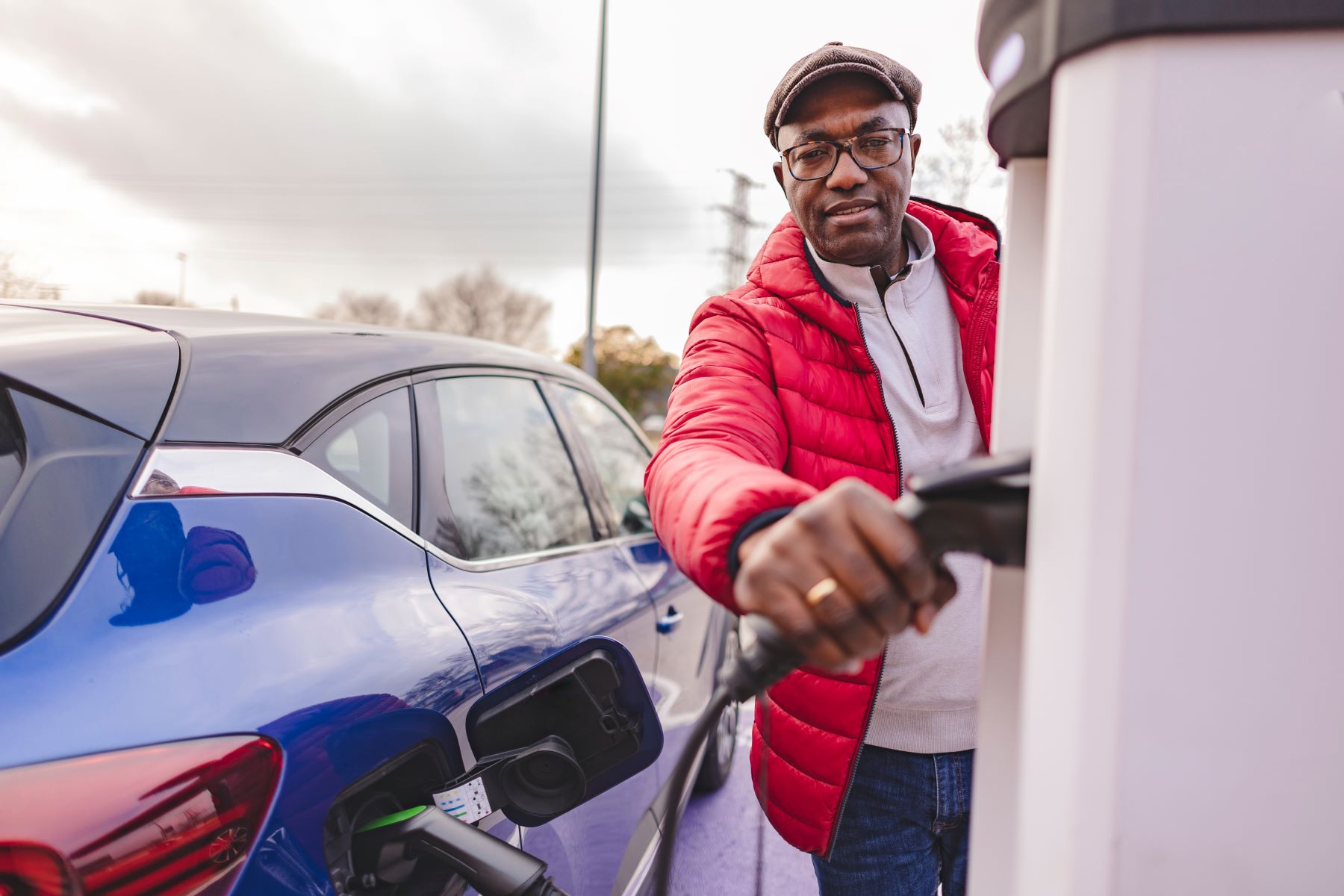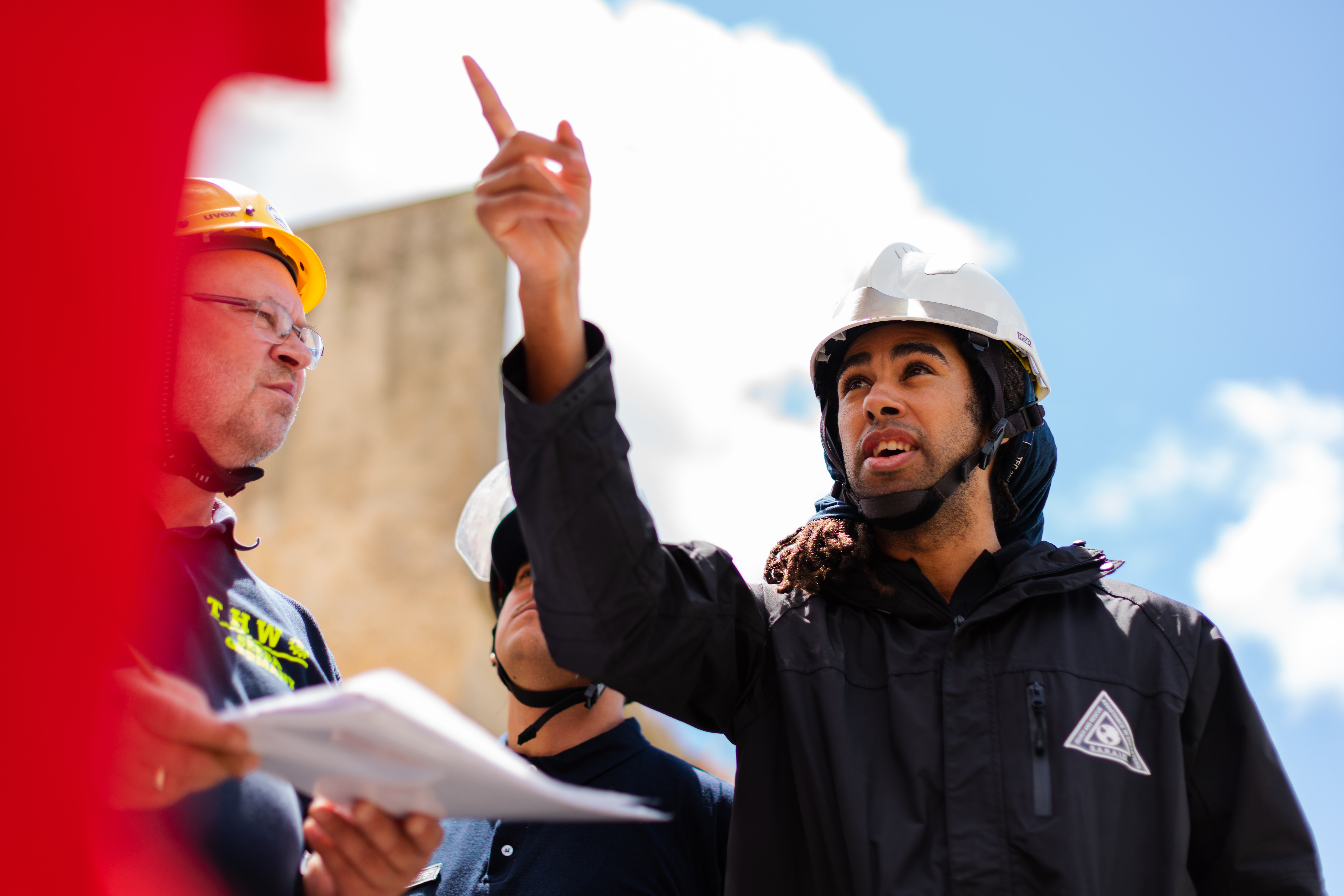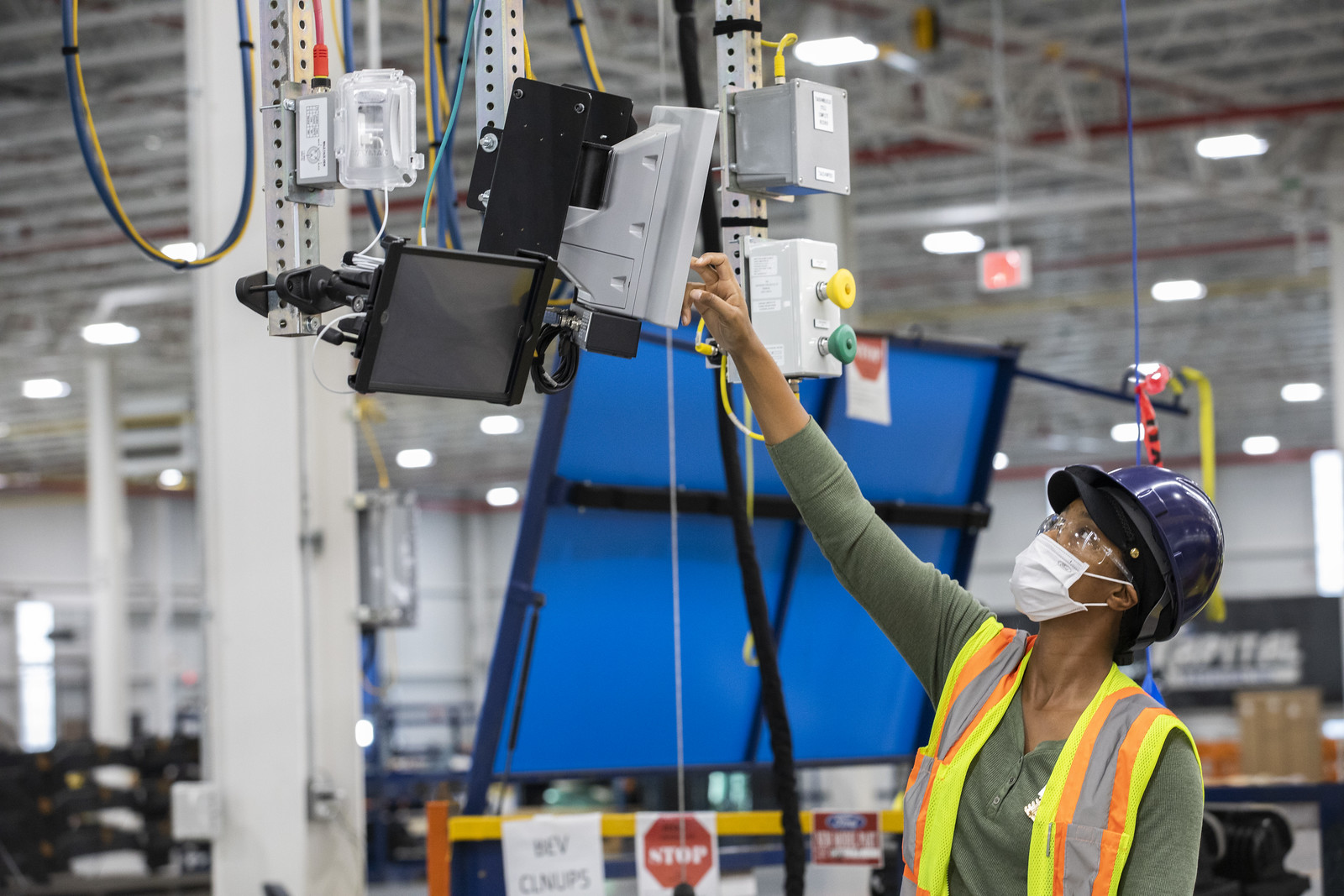So, what is Justice40?
As billions of dollars are pumped into the U.S. economy to support a transition to clean energy, through legislation like the landmark Inflation Reduction Act (IRA) and the Infrastructure Investment and Jobs Act (IIJA), the Biden administration’s Justice40 Initiative attempts to ensure these investments are just, equitable, and going towards those who need it the most.
The goal is simple, yet ambitious: as part of the Biden administration’s whole-of-government approach to advancing environmental justice, 40 percent of the overall benefits of climate and clean energy investments must flow to communities that are disadvantaged, underserved, and overburdened by pollution.
It’s a powerful message, but making Justice40 commitments a reality is much more complex. A national environmental justice commitment on this scale has never been made before, and it will be critical to evaluate and ensure these programs truly deliver benefits to disadvantaged communities. Entities implementing Justice40-covered programs must:
-
- Identify the benefits of Justice40 programs;
- Successfully identify disadvantaged communities;
- Foster genuine and equitable community and stakeholder engagement to determine how communities can benefit from Justice40 investments; and
- Develop inclusive and participatory planning and implementation that holds agencies and private businesses accountable to deliver measurable and meaningful benefits.
To help identify disadvantaged communities, the Biden administration launched the Climate and Economic Justice Screening Tool. Race, however, was not included as a key factor in this tool, so advocates recently created a supplemental tool that incorporates race in classifying communities as disadvantaged, thereby expanding Justice40 coverage to more communities of color, a population we know to be especially hard hit by transportation pollution.
After disadvantaged communities have been identified implementers should meaningfully engage these communities to understand which program benefits communities want or need. This might involve public meetings, partnerships with community groups, targeted outreach to underrepresented communities, and other strategies to ensure that their voices are heard throughout the planning and implementation process.
The remaining challenge then is making sure 40 percent of the benefits actually accrue to disadvantaged communities, including quantifying, measuring, and monitoring those benefits. This process will vary significantly depending on the covered program, and to date there are very few illustrative examples of how this can work in practice.
What does Justice40 look like in action?
NEVI: A test piece for equity
One of the first Justice40 covered programs to roll out is the IIJA’s National Electric Vehicle Infrastructure (NEVI) program. We know that transportation is a major environmental justice issue, and one key way to clean up our air and tackle the climate crisis is to transition to vehicles that are as clean as possible—and putting more EVs on the road means lower carbon and air pollution and healthier communities. However, the biggest barrier Americans report that is preventing them from adopting EVs is the lack of charging infrastructure and logistics. Simply put, we need a lot more chargers in a lot more places to unlock the clean vehicle transition.
The NEVI program seeks to address this by sending $5 billion in formula funds to states to build out a robust nationwide network of EV charging stations over the next four years. The NEVI program focuses on developing charging stations along major highways, with a goal of placing a charger every 50 miles, each within one mile of a highway exit. Once states build out charging along highways to satisfy the 50 mile requirement, they will have discretion to spend NEVI funds on other roads and within communities.
Last year, every state, along with D.C. and Puerto Rico, submitted their plans for using NEVI funds to construct chargers within their borders. All 52 plans were approved. In accordance with Justice40, states were required to conduct extensive, inclusive stakeholder engagement to inform their plans. Additionally, state plans must explain how they will provide 40 percent of the program benefits to disadvantaged communities.
This is trickier than it sounds—states must first enumerate the benefits of the NEVI program, and then quantify those benefits to ensure disadvantaged communities get their share. States have proposed several metrics to measure direct and indirect benefits, including air quality improvements, tailpipe emissions reductions, decreased transportation costs, income generated for local economies, increases in EV registrations, number of chargers built within disadvantaged communities, and more. If implemented effectively and equitably, NEVI can ready our roads for large-scale adoption of EVs while advancing transportation and environmental justice.
Since NEVI represents one of the first real world examples of Justice40 in action, and because it’s being implemented by every state, it can either be a blueprint for centering equity in the push towards a clean energy future or perpetuate the status quo of infrastructure investments.
That's why Evergreen is working on a report in partnership with Atlas Public Policy, GreenLatinos, and EVHybridNoire to evaluate the efficacy of the NEVI program and the challenges associated with ensuring its equitable implementation. The forthcoming report will:
- Evaluate how states engaged communities in NEVI planning by conducting interviews with equity and EJ organizations and others involved in the development of state NEVI plans to understand barriers and highlight best practices for stakeholder engagement.
- Analyze how the approved NEVI plans incorporated equity and met Justice40 requirements for a cross-section of states by reviewing their plans and developing an equity indicators scorecard, with the input of equity and environmental justice organizations
This will be the first analysis undertaken at this scale to assess the strengths and weaknesses of equity planning, best practices, and trends and will be a useful tool in future NEVI and Justice40 implementation work.
The hard work of delivering sustainable and equitable mobility options reached a critical juncture the day that the Biden administration announced Justice40. States must now truly include disadvantaged communities throughout the implementation process and ensure benefits flow to these communities in a meaningful way. Increasing charging infrastructure alone will not address all the barriers to universal EV access. Even with government subsidies, EVs are expensive, and this remains a major obstacle to widespread adoption, especially within low-income communities. However, as barriers are gradually removed and more EVs make their way into the hands of consumers across the country, communities currently overburdened by transportation pollution will start to breathe cleaner air.
State governments are currently tasked with implementing dozens of Justice40 covered programs from IIJA and IRA, including several more rounds of NEVI. We hope that our analysis will inform these subsequent implementation efforts, ensuring that justice remains central to securing a clean transportation future.
